
Tunisia Animals
Follow the Trail of Wild Nature – Nature Tourism in Tunisia
Tunisia, a North African country with a diverse range of habitats including coastal areas, deserts, and mountainous regions, is home to a fascinating variety of wildlife. From the majestic Atlas Mountains to the shores of the Mediterranean Sea, Tunisia offers a unique opportunity to encounter a wide array of animal species in their natural habitats.
Embark on a journey to discover the wildlife of Tunisia, from the elusive Barbary macaques that inhabit the forests of the northern regions, to the graceful Dorcas gazelles that roam the arid landscapes of the Sahara desert. Keep an eye out for the strikingly beautiful European bee-eater, a migratory bird that graces the skies with its vibrant plumage and acrobatic flight. Join us as we explore the rich tapestry of animal life that calls Tunisia home.
Mammals of Tunisia
In the diverse landscapes of Tunisia, from the verdant north to the arid south, one can encounter a variety of mammals that call this North African country home. The Barbary macaque, a primate unique to this region, can be found in the oak and cedar forests of the Kroumirie Mountains. The fennec fox, with its distinctive large ears, is a charming inhabitant of the Sahara desert. In the same vast desert, the resilient addax, a type of antelope, roams, though it is critically endangered. The Atlas Mountains are the domain of the Barbary sheep, an agile climber of the rocky terrain. Along the Mediterranean coast, the common bottlenose dolphin can occasionally be spotted by those visiting the beaches. These species, among others, form the tapestry of Tunisia's mammalian wildlife, offering a glimpse into the country's natural heritage.
Birds of Tunisia
Tunisia, a country graced with diverse habitats, is a haven for bird enthusiasts. The wetlands, such as Ichkeul Lake, are a sanctuary for migratory species like the Greater Flamingo and the Eurasian Spoonbill, painting the landscape with their vibrant hues. In the arid regions, one might spot the resilient Greater Hoopoe-Lark or the Cream-colored Courser sprinting across the desert sands. The coastal cliffs provide a perfect nesting ground for the audacious Peregrine Falcon, while the dense olive groves are alive with the melodious songs of the Sardinian Warbler. Each of these species contributes to the rich tapestry of avian life that adorns Tunisia's skies and landscapes.
Top Spots for Wildlife Observation in Tunisia
- Ichkeul National Park, located in the north of Tunisia near Lake Ichkeul, is a UNESCO World Heritage Site and a Ramsar wetland of international importance. This park is a haven for migratory birds, especially during the winter months when the lake becomes a feeding ground for species such as ducks, geese, storks, and pink flamingos. The park's diverse ecosystems also support a variety of other wildlife, including the Atlas mountain frog and the Algerian hedgehog.
- Bouhedma National Park, situated in the semi-arid central region of Tunisia, is characterized by its unique Saharan Atlas mountain ecosystem. Visitors to this park can spot the graceful gazelle, the Barbary sheep, and the fennec fox, which are adapted to the arid conditions. The park also hosts a variety of bird species, including the houbara bustard and the lanner falcon.
- Jebil National Park, located in the southern part of Tunisia, is a vast expanse of desert landscape that provides a habitat for desert-adapted species. The park is home to the Dorcas gazelle and the Rüppell's fox. Birdwatchers may also be rewarded with sightings of desert birds such as the desert sparrow and the trumpeter finch.
- Zembra and Zembretta National Park, encompassing the islands of Zembra and Zembretta off the northeastern coast of Tunisia, is a critical site for the breeding of the endangered Mediterranean monk seal. The islands also serve as a nesting ground for seabirds, including the Audouin's gull and the European shag.
- Sidi Toui National Park, located near the Libyan border in southeastern Tunisia, is a lesser-known gem where visitors can observe the slender-horned gazelle and the Barbary sheep in their natural habitat. The park's steppe-like plains and scattered acacia trees create an ideal environment for these species, as well as for various birds of prey.
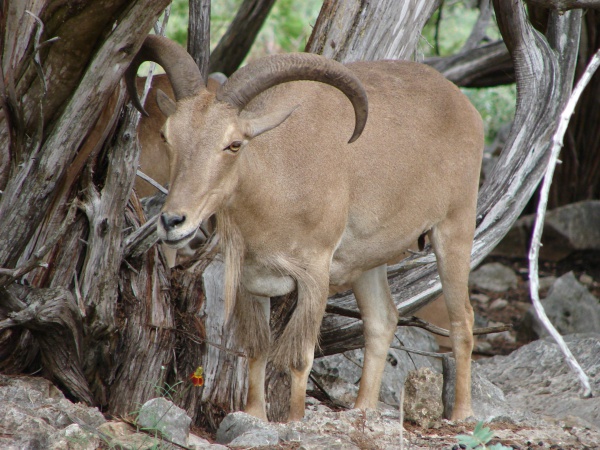
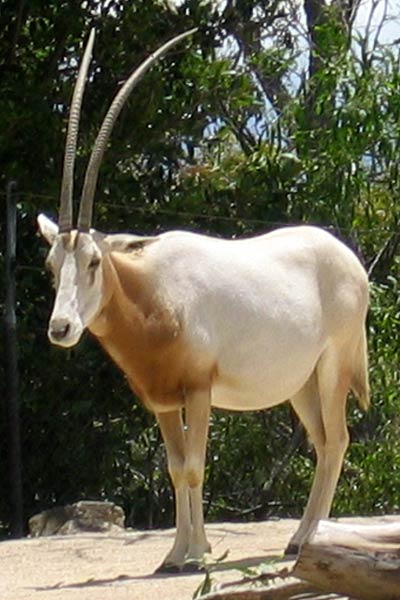
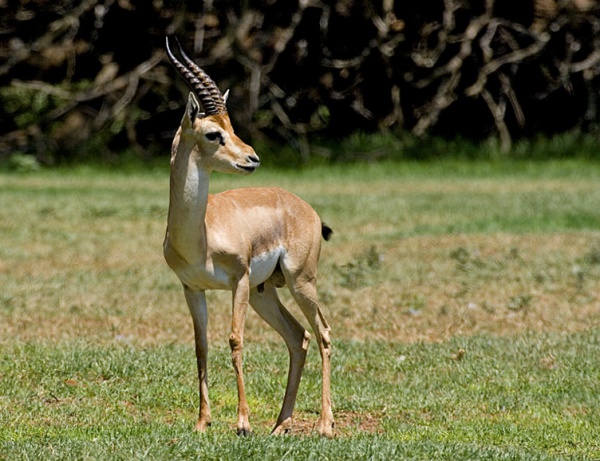
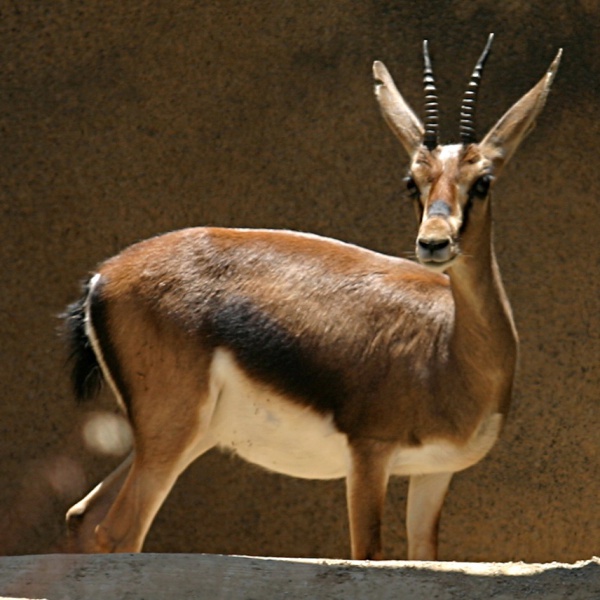
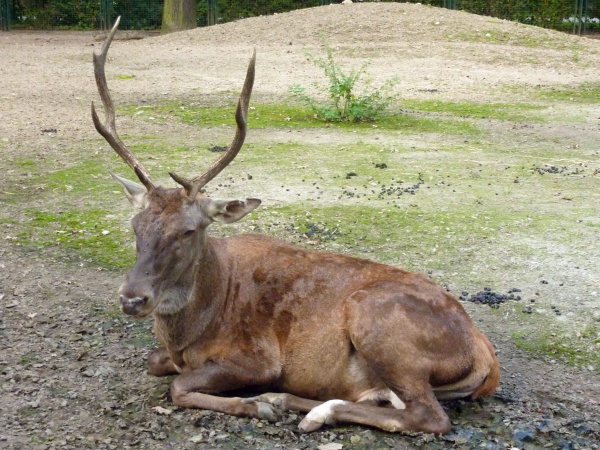
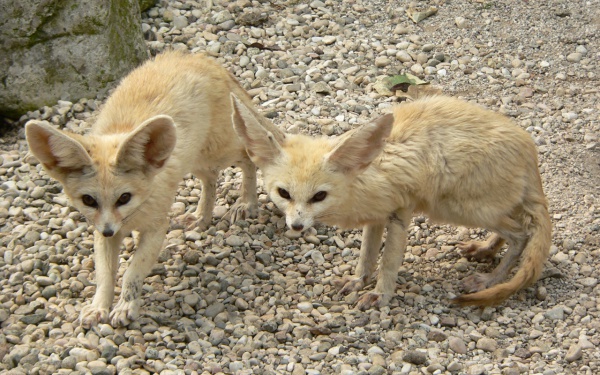
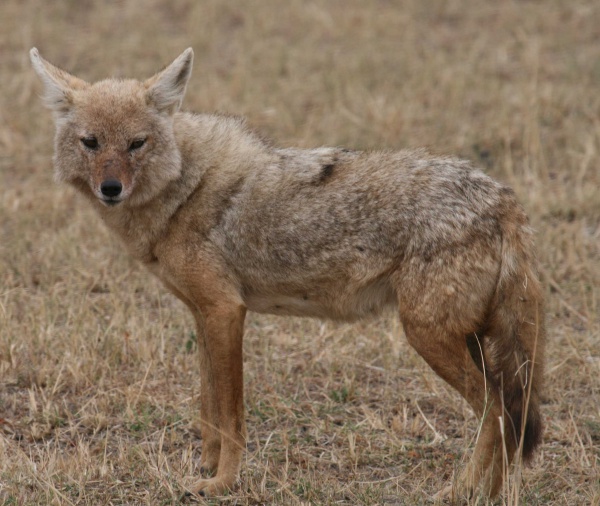
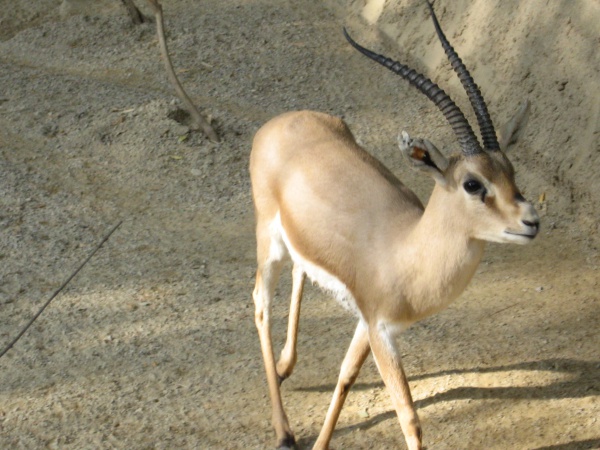
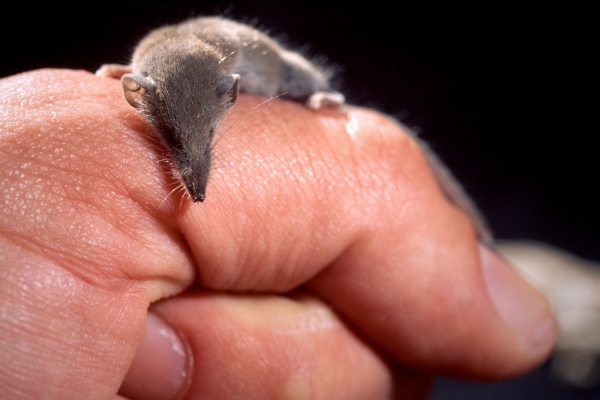
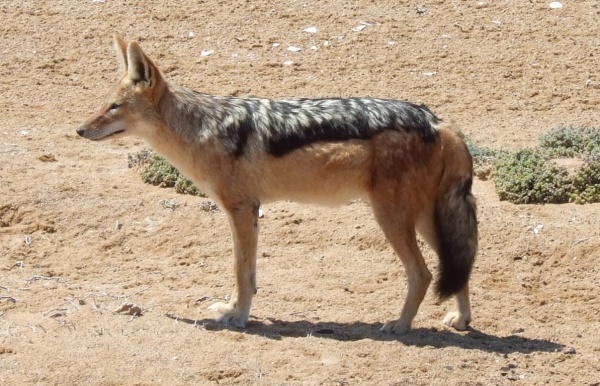
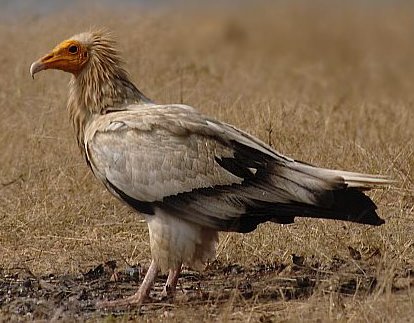
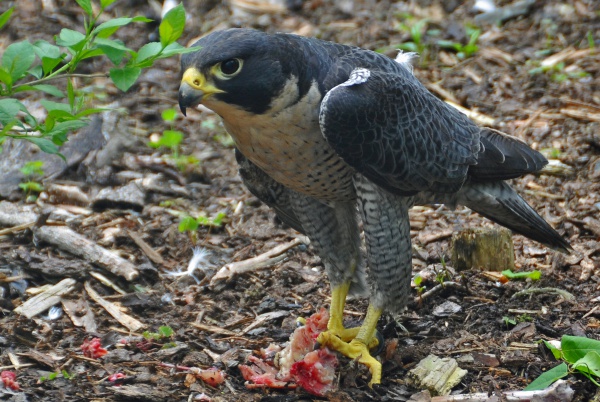
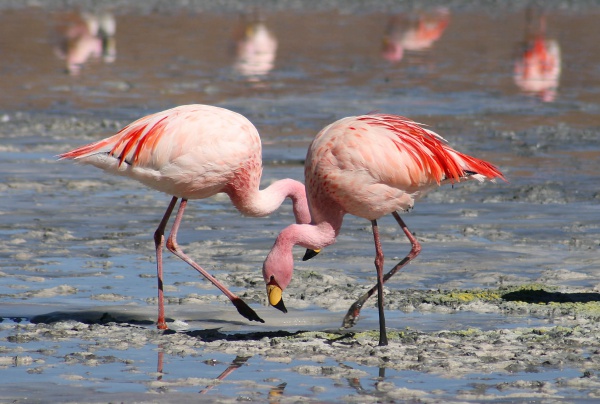
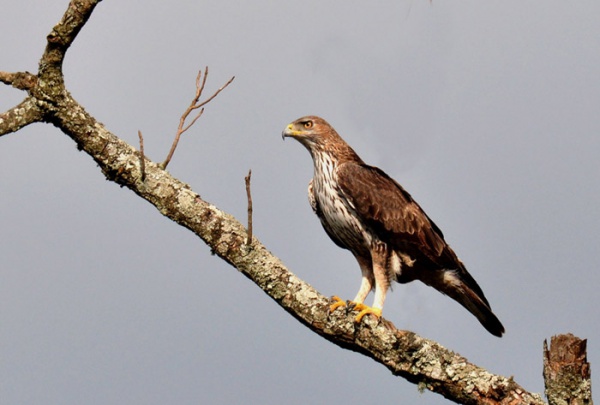
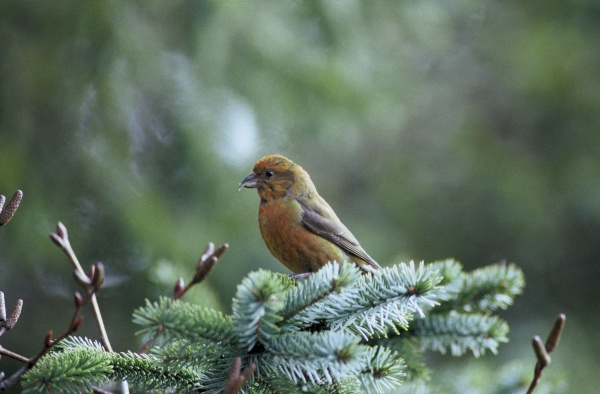
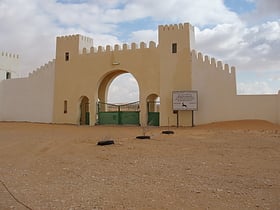
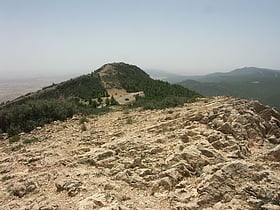
 Libya
Libya